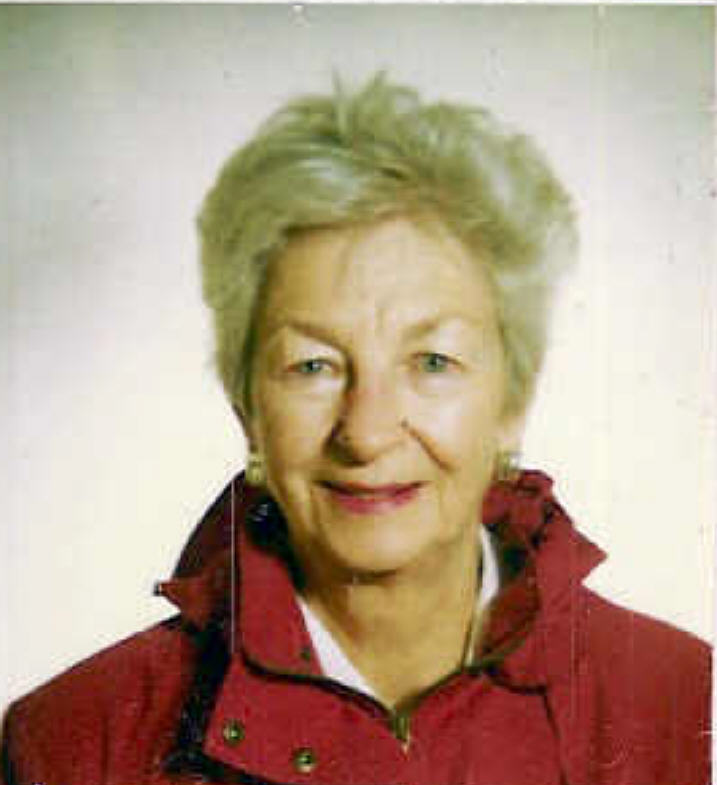CSI Haverhill: Crime and Punishment in the Nineteenth-Century Connecticut Valley
A presentation by Professor Dane Morrison, Salem State University
 |
| Scene of the last public hanging in New Hampshire. |
Sunday, April 14, 2:00 PM
Court Street Arts / Alumni Hall
Free and open to the public
In May 1868, residents of Haverhill, New Hampshire rioted after they were deprived of viewing the public execution of the notorious ax murderer Samuel Mills. The old brick jail on Court Street had been the scene of a host of such grisly spectacles, and the townfolk of the Connecticut Valley expected to be entertained by tales of scandalous crime and public punishment. We will look at some of the most notorious crimes in the North Country of the nineteenth century, including the “Franconia Murderer” Samuel Mills, the “Shocking Murders” of "Bloody" Josiah Burnham, and the “horrible affair” of the Rev. Enos Dudley, who strangled his wife during a winter sleigh ride.
Dane A. Morrison is Professor of Early American History at Salem State University and a past President of the New England Regional World History Association. He is the author of
A Praying People: Massachusetts Acculturation and the Failure of the Puritan Mission, 1600–1690 (Peter Lang, 1995), co-author of
Hero or Coward?: The Story of General Fitz John Porter (Blue Tree, 2011), editor of
American Indian Studies: An Interdisciplinary Approach to Contemporary Issues, and co-editor of
Salem: Place, Myth and Memory (Northeastern University Press, 2005) and the
Encyclopedia of World History, Vol. 6: The First Global Age (ABC-Clio, 2010).
He taught American History at Boston University and Tufts University before moving to Salem State in 1993. His tenure at Salem State has included serving as chair of the History Department and Coordinator of the American Studies Program. He is currently president of the New England Regional World History Association and on the board of the New England Historical Association. His current research is on American voyages to the East Indies following the War for Independence, in which he examines, particularly, how representations of that experience in the public sphere contributed to the construction of an American national identity.
This program is part of the celebration of the 250th anniversary of the founding of Haverhill and Newbury.
 The program will be presented by Wayne Fortier, a native of Pike, and will be based in part on research conducted by John Page, the late president of the Haverhill Historical Society. The program is dedicated to John Page’s memory. It is part of a series of programs celebrating the 250th anniversary of the founding of Haverhill and Newbury.
The program will be presented by Wayne Fortier, a native of Pike, and will be based in part on research conducted by John Page, the late president of the Haverhill Historical Society. The program is dedicated to John Page’s memory. It is part of a series of programs celebrating the 250th anniversary of the founding of Haverhill and Newbury.








.jpg)
.jpg)









